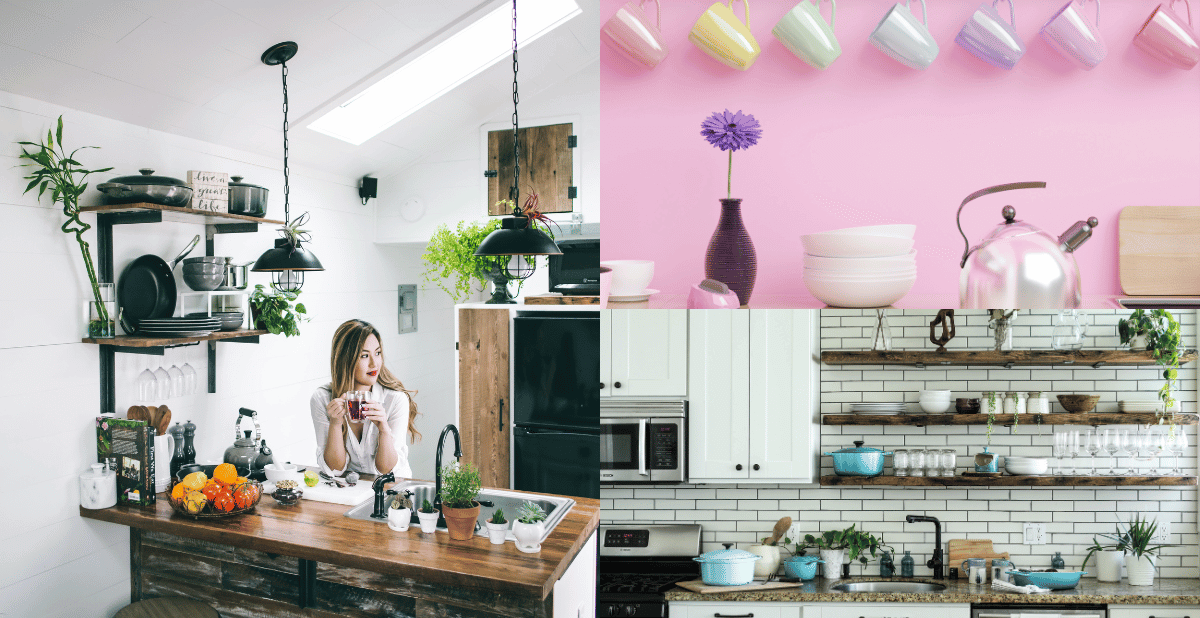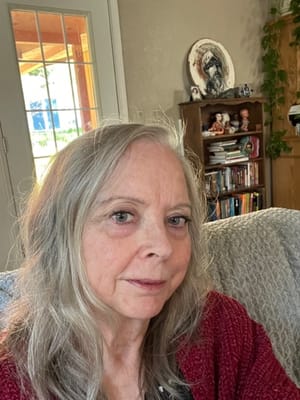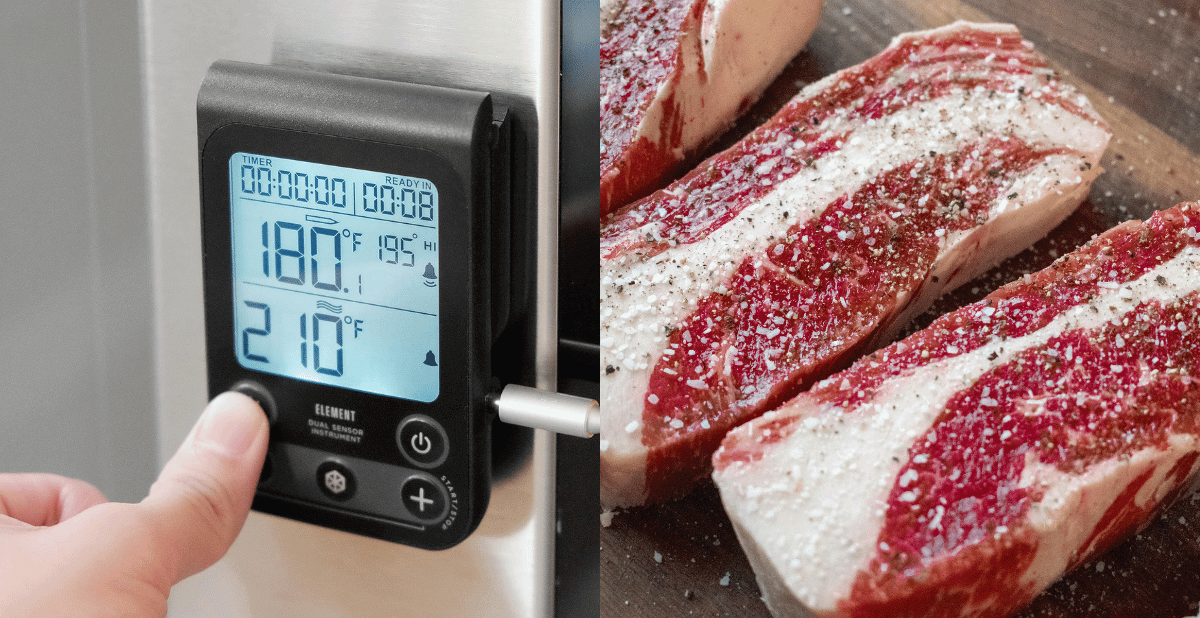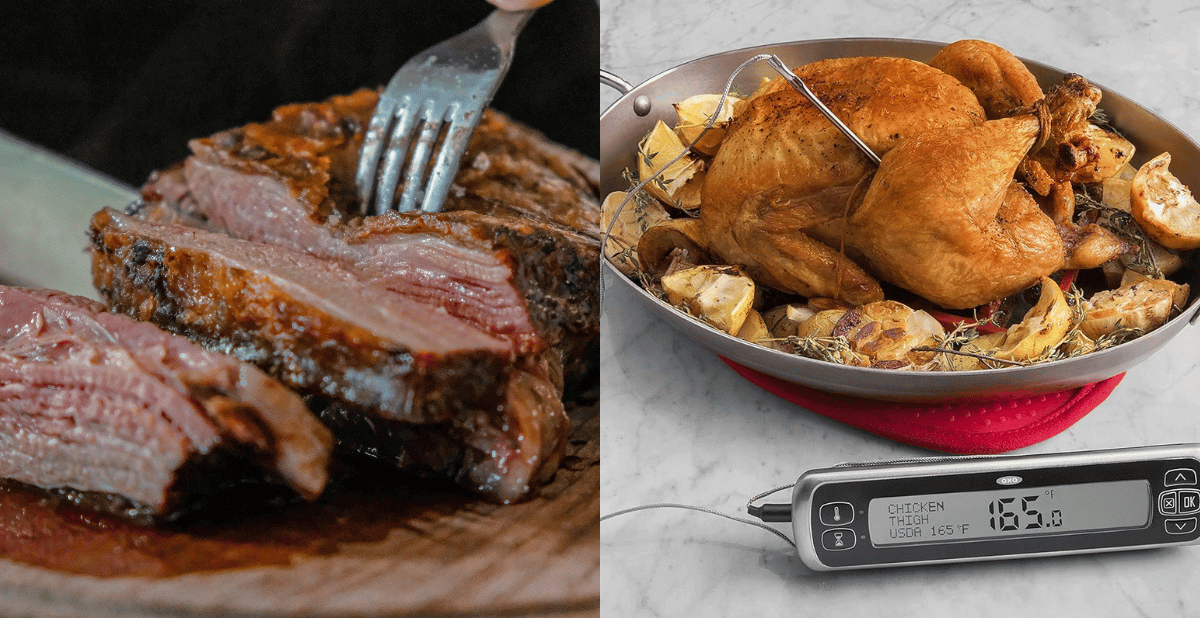Cooking can be an exhilarating journey, filled with tantalizing aromas and the promise of delicious meals. But amidst the sizzle of pans and the flurry of spices, how often should I check the thermometer during cooking?
Whether you're grilling a steak, roasting a chicken, or baking a cake, knowing when to check the temperature can make all the difference between a perfectly cooked dish and a culinary catastrophe.
So, how often should you glance at that trusty kitchen thermometer during the cooking process? Let's break it down.
First and foremost, it's important to understand that the frequency of temperature checks can vary depending on the food and cooking method.
It's generally recommended that the temperature be checked periodically throughout the cooking process for large cuts of meat, such as roasts or whole poultry.
This ensures you catch any fluctuations and can adjust accordingly to prevent overcooking or undercooking.
For instance, if you're roasting a chicken in the oven, you might want to check the temperature in a few key spots, such as the thickest part of the breast and the inner thigh, about halfway through the estimated cooking time.
This initial check gives you a good indication of how the cooking is progressing.
It allows you to make any necessary adjustments, such as tenting the bird with foil if it browns too quickly or lowering the oven temperature if it cooks too rapidly.
Similarly, when grilling a steak, it's a good idea to check the temperature periodically, especially if you're aiming for a specific level of doneness.
You might start by checking the temperature after a few minutes on each side to gauge how quickly it's cooking.
As the steak nears your desired level of doneness, you should check the temperature more frequently to ensure you don't overshoot the mark.
On the other hand, you may not need to check the temperature as often for dishes that cook relatively quickly or require less precision, such as sautés or stir-fries.
In these cases, you can rely more on visual cues and your culinary instincts to determine when the dish is done.
Of course, there are some instances where constant vigilance is key.
When working with delicate ingredients or recipes that require precise temperatures, such as custards or candies, you'll want to monitor the actual temperature and the thermometer closely throughout the entire cooking process to ensure success.
Ultimately, the frequency of temperature checks depends on a combination of factors, including the type of dish you're cooking, your cooking method, and your preferences.
While there's no hard and fast rule for how often you should check the meat thermometer, a good rule of thumb is to check early and often, especially when working with larger cuts of meat or dishes that require precision.
So, the next time you find yourself in front of the stove or grill, don't forget to give your thermometer a little love.
It might just be the secret ingredient that takes your culinary creations from good to great. Happy cooking!
Navigating Temperature Checks
Cooking is often likened to an art form, with chefs wielding spatulas like paintbrushes and ingredients as their palette.
Precision is pivotal in this creative process, especially in temperature control.
Enter the unsung hero of the kitchen: the food thermometer.
Knowing when to wield this tool can make or break your culinary masterpiece, whether you're grilling, baking, or simmering.
But how often should you consult your food thermometer during the cooking journey?
Let's unravel this culinary conundrum together.
Understanding the Importance of Temperature Monitoring
Before we dive into the frequency of temperature checks, let's underscore why it's crucial in the first place.
Ensuring food reaches the minimum internal temperature is paramount to preventing potential foodborne illnesses and harmful bacteria like salmonella or E. coli.
Moreover, precise temperature control can elevate your dishes' texture, flavor, and quality.
Types of Food Thermometers
Food thermometers come in various shapes, sizes, and designs, each serving a specific purpose:
1. Digital Thermometers: Instant-read and highly accurate digital thermometers are prized for their speed and reliability. They're ideal for quick temperature checks on thin foods or delicate dishes.
2. Dial Thermometers: These traditional thermometers feature a dial display and a metal probe. While reliable, they may take longer to provide accurate temperature readings than their digital counterparts.
3. Disposable Temperature Indicators: These single-use indicators change color when the desired temperature is reached. While convenient, they're best suited for occasional use.
Proper Thermometer Calibration: The Foundation of Accuracy
Before embarking on your culinary journey, ensure your thermometer is properly calibrated. Here are the manufacturer's instructions on how to do it:
- Boiling Water Test: Bring a pot of water to a rolling boil and insert the thermometer's stem into the water, ensuring it doesn't touch the bottom of the pot. The thermometer should read 212°F (100°C) at sea level. If it doesn't, adjust the calibration nut until it does.
- Ice Water Method: Fill a glass with crushed ice and cold water, stirring the thermometer stem into the mixture. Let it sit for a few minutes, then insert the thermometer's stem into the ice water. It should read 32°F (0°C). Adjust if necessary.
- Yearly Calibration: To maintain accuracy, calibrate your thermometer annually or whenever you suspect it's providing inaccurate readings. Some thermometers come with a calibration certificate, serving as a reference for accuracy.
How Often to Check the Thermometer During Cooking
Now, let's address the burning question: how frequently should you consult your food thermometer while cooking? The answer depends on several factors:
1. Type of Dish: Large cuts of meat, such as roasts or whole poultry, benefit from frequent temperature checks. Thinner cuts or dishes that cook quickly may require less frequent monitoring.
2. Cooking Method: Grilling, roasting, baking, and simmering all demand different approaches to temperature monitoring. While grilling a steak may warrant periodic checks, baking a cake might only require one.
3. Desired Doneness: If you have a specific target temperature in mind, such as medium-rare for a steak or 165°F (74°C) for poultry, more frequent checks are necessary as you approach that point.
Best Practices for Temperature Monitoring
Here are some tips to help you navigate temperature checks like a seasoned chef:
- Start Early: Check your food's temperature early in the cooking process to catch any potential issues before they escalate.
- Use the Correct Temperature: Familiarize yourself with the safe minimum internal temperatures for different types of food. The USDA provides guidelines for food safety and safe cooking temperatures to prevent foodborne illnesses.
- Monitor Fluctuations: Watch for sudden temperature changes, especially if using a finicky stove or grill.
- Invest in Quality Thermometers: While inexpensive kitchen thermometers may seem like bargains, a high-quality digital food thermometer can provide more accurate and reliable readings in the long run.
- Consider an Ice Bath Test: If unsure about your thermometer's accuracy, perform an ice bath test by immersing the probe in a mixture of ice and water. The thermometer should read 32°F (0°C) in the ice bath.
- Don't Forget Thin Foods: Thin cuts of meat, such as chicken breasts or fish fillets, can cook quickly and benefit from frequent temperature checks to prevent overcooking.
Until Next Time...
Mastery of temperature control is a hallmark of culinary excellence.
So, the next time you find yourself in the kitchen, armed with your trusty food thermometer, remember these tips to elevate your culinary creations to new heights.
With a keen eye for temperature and a dash of culinary creativity, the possibilities are endless.
Happy Cooking!
MommaPuff











